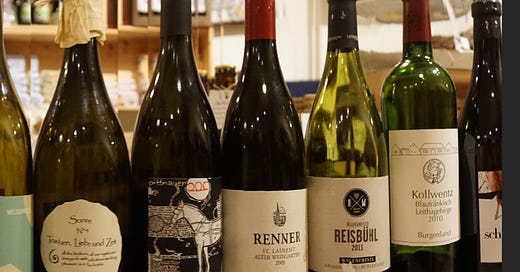The unknown Austria - Part 1

A year living in the small Austrian town of Eisenstadt developed my considerable love not just for one of its natives, but also for the restrained and elegant wines. The issue? Availability of many of the greatest wines is pretty sparse, or even non-existent outside Austria itself.
Inevitably, if a restaurant in London or Amsterdam lists a token Austrian bottle or two, it will be an entry-level Grüner Veltliner, or a simple “quaffing” Zweigelt. Grüner Veltliner is still very much Austria’s calling card, and thus the regions that excel with it – Wachau, Kampstal and Kremstal - have the highest profile abroad.
Austria still holds some of its biggest and best wine secrets somewhat close to the chest. Blaufränkisch from Burgenland is for my money one of the world's greatest red grapes, while the velvety Sankt Laurent is a real gem for Pinot Noir lovers. Styrian Sauvignon Blanc can easily rival that of Friuli or Alto Adige in terms of lush, ripe fruit, and its burgeoning orange wine scene be…
Keep reading with a 7-day free trial
Subscribe to The Morning Claret to keep reading this post and get 7 days of free access to the full post archives.




